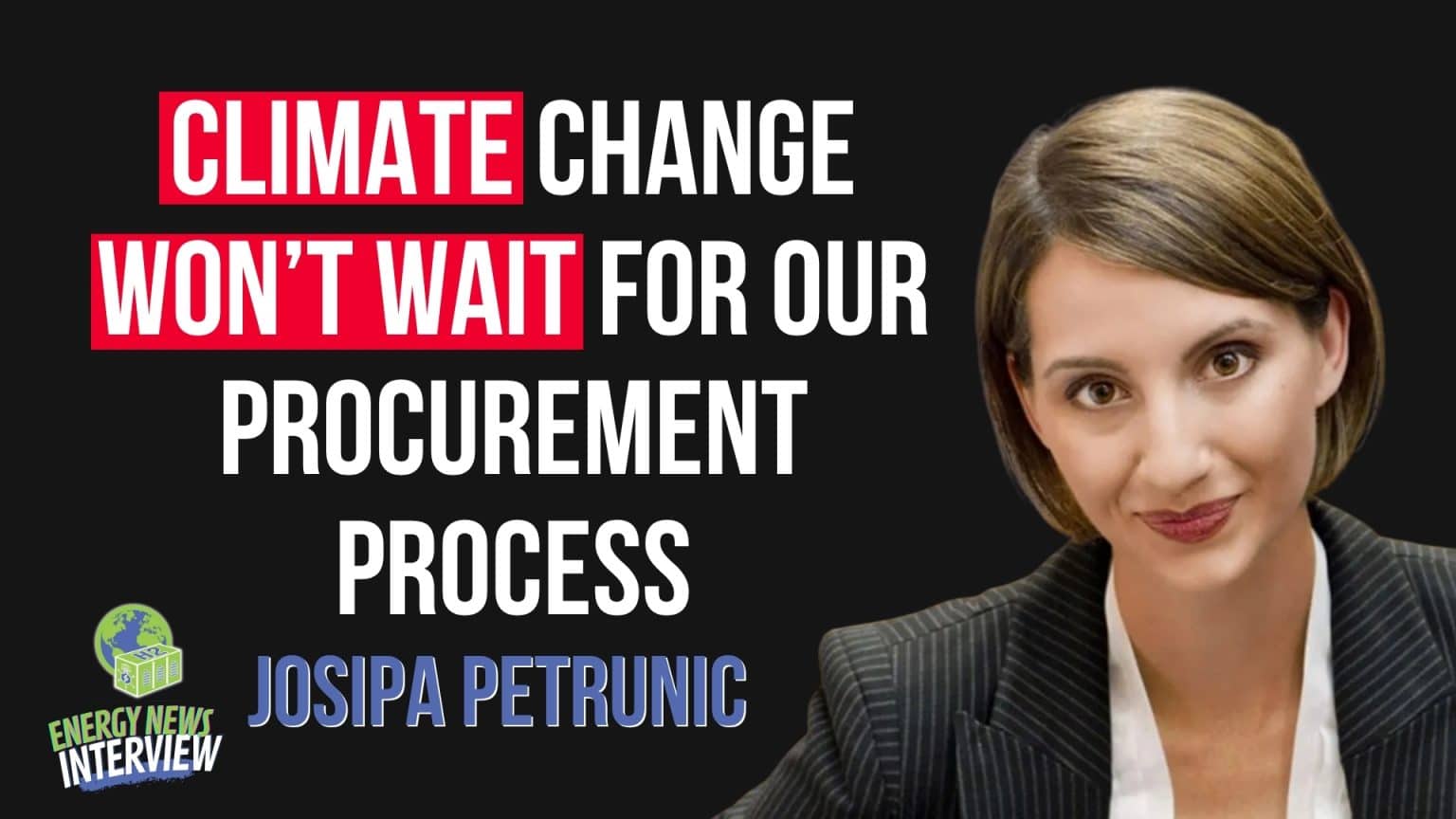Canadian transit is pouring billions into decarbonization, yet the buses aren’t showing up—and when they do, they can’t always run. According to Dr. Josipa Petrunic, the CEO and President of CUTRIC, leading some of the country’s most ambitious zero-emission transit projects, the challenge isn’t just about technology; it’s about politics, fear, and an industry still haunted by a decade-old failure.
WATCH THE FULL INTERVIEW HERE
“Transit agencies don’t buy one car—they buy fleets,” Petrunic says. “And those fleets need infrastructure, on-road charging, and hydrogen. Depot charging alone will never cut it.” Her blunt assessment reveals a reality that many policy speeches avoid: the math doesn’t add up without hydrogen, but Canada’s supply chain simply isn’t ready. At today’s prices, hydrogen is up to $100 per kilogram in some regions. Diesel, by comparison, costs the equivalent of $6–7 per kilogram.
What’s worse is cultural resistance. Canada’s first hydrogen bus fleet—built for the 2010 Whistler Olympics—performed better than expected but collapsed when the project’s powertrain integrator went bankrupt. Buses ran. Politics didn’t. “Hydrogen didn’t fail. Project management failed,” Petrunic insists. Yet the scars remain: “It took us 10 years just to convince transit leaders to even look at hydrogen again.”
Even battery electric buses—the politically safer bet—are running into brick walls. Range gaps, expensive chargers, and massive facility upgrades mean that for large fleets, battery-only systems are a logistical dead end. Some agencies are quietly buying diesel again just to keep buses on the road.
If Canada wants a real zero-emission transit system, it must stop pretending technology alone will save it. Supply chains, labor agreements, and procurement ideology are slowing progress more than physics. “Ideology kills timelines,” Petrunic warns. “When people fight over whether it should be all battery or all hydrogen, we lose ten years. Science doesn’t care what we want—it cares what works.”
